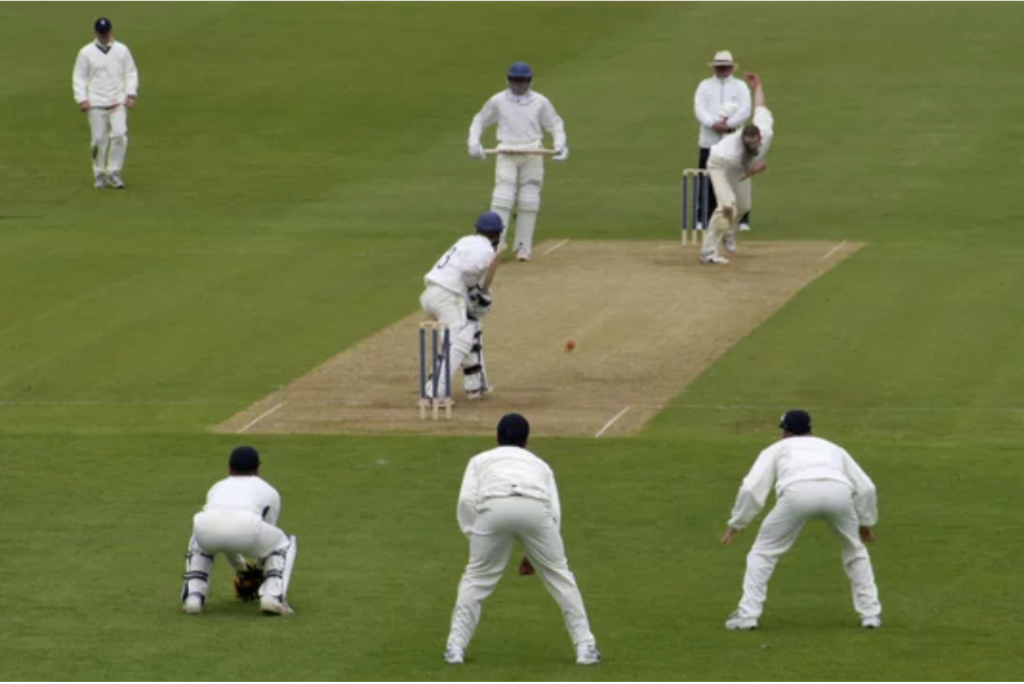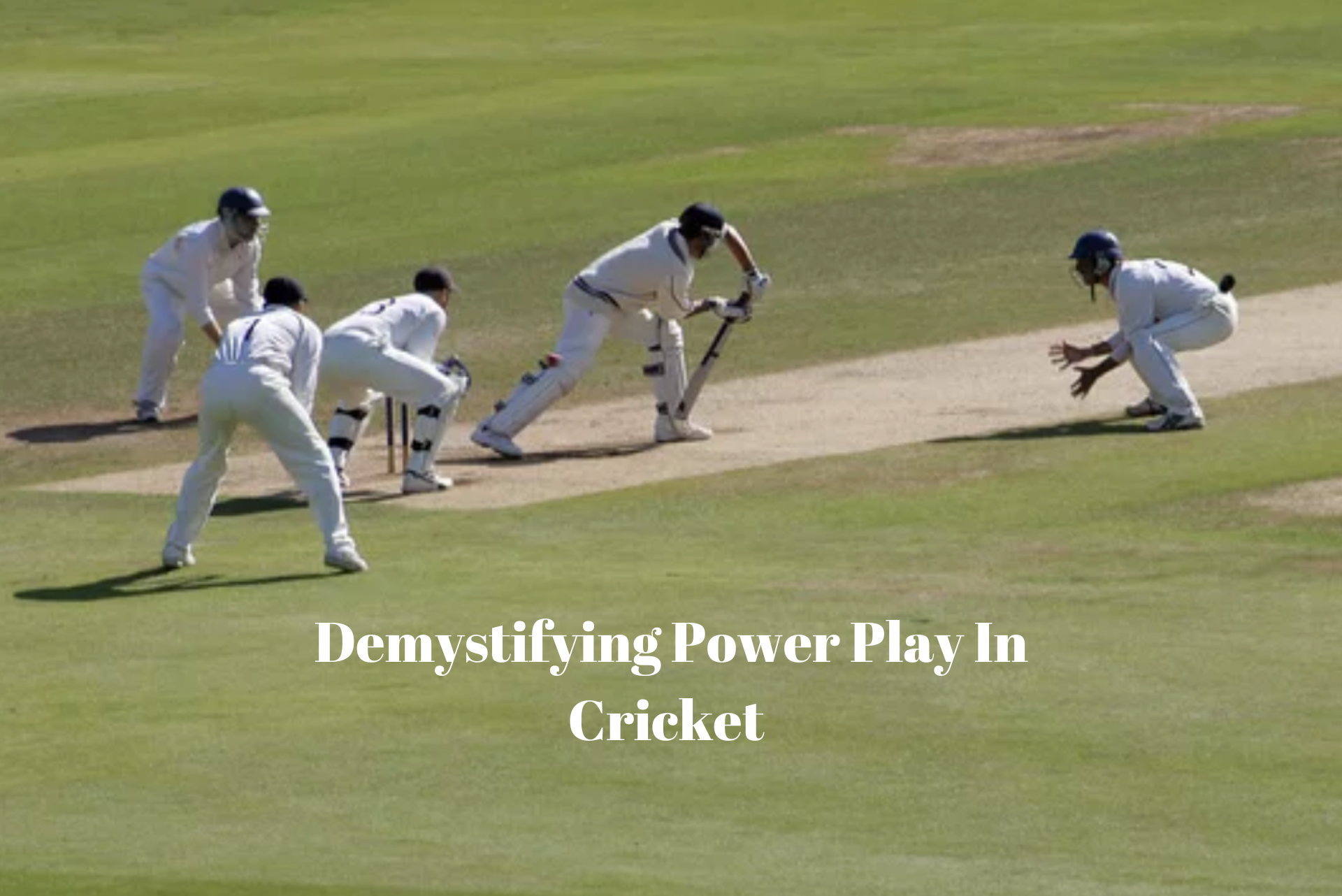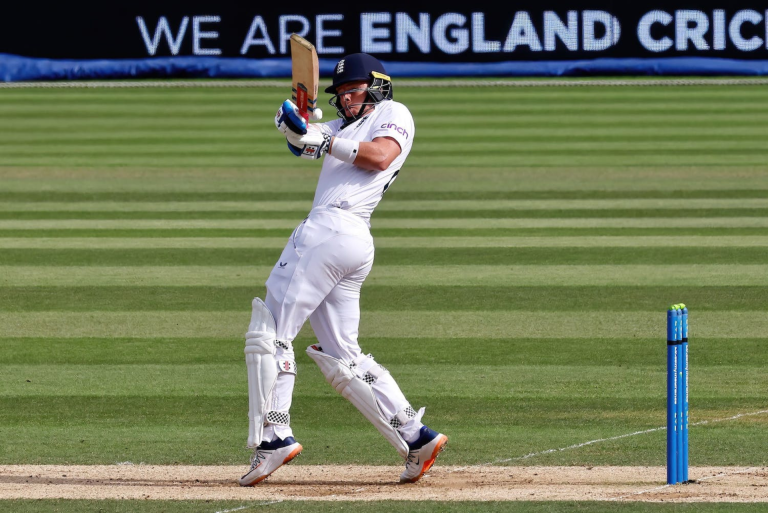Demystifying Power Play In Cricket – Exploring Its Importance And Rules
Cricket, a game known for its strategic elements, has a crucial phase called the “power play.”
In this article, we will dive into the significance and rules of power play in cricket, explaining its impact on the game.
By understanding power play, we can unravel its strategic importance and appreciate the tactics employed during this exciting period.
Understanding Power Play in Cricket
Power play refers to a specific period in limited-overs cricket where fielding restrictions are in place, favoring the batting team. It allows them to score more freely and sets the momentum for their innings. This phase adds excitement and strategic elements to the game, making it a critical aspect to explore.
Power Play vs. Double Power Play in Cricket
In cricket, power play is a well-known phase where fielding restrictions are imposed, allowing the batting team to score more freely.
However, there is another intriguing concept known as the double power play.
Let’s compare these two strategies and understand their fielding restrictions and tactical implications.
Historical Evolution of Power Play in Cricket
Power play’s introduction marked a significant shift in cricket strategy, emphasizing aggressive batting during the restricted fielding phase. It revolutionized the game, adding a new dimension to limited-overs cricket.
Over time, power play rules were refined to strike a balance between bat and ball, keeping the game competitive and entertaining.
Significance of Power Play in Cricket
The power play phase plays a crucial role in shaping the course of a cricket match. It provides an opportunity for the batting team to accumulate runs quickly and put pressure on the opposition.
At the same time, bowlers aim to break through early and restrict scoring during this important period. Power play can often set the tone for the rest of the match and have a significant impact on the outcome.
Rules and Regulations of Power Play in Cricket
- In T20 cricket, power play rules mandate that only two fielders are allowed outside the 30-yard circle during the first six overs. This restriction creates scoring opportunities for the batting team.
- Similarly, in One Day Internationals (ODIs), power play rules extend to the first ten overs, providing an extended period of fielding restrictions for the batting team.
Power Play Tactics and Strategies:

a) Batting Team Strategies:
- Aggressive Approach: The batting team aims to score quick runs and build momentum early on. Opening batsmen play a crucial role in capitalizing on the fielding restrictions.
- Boundary Hitting: Batsmen target boundaries, taking advantage of the gaps in the fielding placements.
- Rotation of Strike: Quick singles and twos keep the scoreboard ticking and maintain pressure on the fielding team.
B) Bowling Team Strategies:
- Early Wicket-Taking: Bowlers focus on taking wickets in the power play to disrupt the batting team’s momentum and apply pressure.
- Variation in Pace and Length: Bowlers employ different variations to deceive the batsmen and prevent easy scoring opportunities.
- Strategic Field Placements: Captains and bowlers strategically place fielders in key areas to limit scoring options and induce mistakes.
Differentiation in fielding restrictions and tactical implications
- Power Play In Cricket: During the power play, a set number of overs is designated where fielding restrictions are enforced. This means that only a limited number of fielders are allowed outside the 30-yard circle, providing the batting team with ample scoring opportunities. The primary objective of the batting team is to capitalize on these restrictions and accumulate runs at a rapid pace.
- Double Power Play: The double power play takes the concept of the power play to the next level by introducing two distinct phases of fielding restrictions within an inning. In this strategy, the batting team can choose to take a second power play later in the innings, usually after the 30th over in One Day Internationals. This grants them an additional opportunity to accelerate the scoring rate.
Pros of employing a double power play strategy
- Increased Scoring Opportunities: The double power play allows the batting team to exploit fielding restrictions twice during their innings, providing them with additional chances to score boundaries and build a formidable total.
- Momentum Shift: By strategically timing the second power play, the batting team can seize the momentum in the later stages of the innings, unsettling the opposition and putting them under pressure.
The Evolution of Power Play in Modern Cricket
The evolution of the power play is an ongoing process, and the future promises exciting advancements. As technology continues to advance, teams may explore real-time data analysis on the field, allowing for immediate tactical adjustments.
Additionally, innovations in player fitness, equipment, and training methods could impact power play strategies. The rise of shorter formats like T10 cricket may bring further experimentation and push the boundaries of power play tactics.
Conclusion
The power play phase is a game-changer in cricket. It sets the tone for the innings, presenting both challenges and opportunities for teams to gain an advantage. The strategic decisions made during this period can shape the outcome of the match, making it a critical aspect for players, coaches, and fans to understand and appreciate.
Understanding the significance and rules of power play empowers fans and players alike to appreciate the nuances of this critical period in a cricket match.
By demystifying power play, we can uncover its strategic impact and appreciate the tactical brilliance it brings to the game.
From the dynamic fielding restrictions to the innovative batting and bowling approaches, it showcases the brilliance and tactical prowess of the players. So, let us celebrate the power play, appreciate its significance, and unlock its potential as we continue to revel in the beauty of the game we love.




